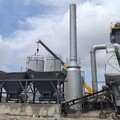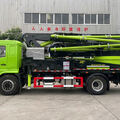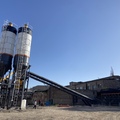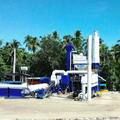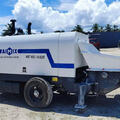With the global rise in construction demand, contractors and developers are increasingly sourcing heavy equipment from international suppliers to cut costs and access advanced technology. One of the most popular imports is the concrete batching plant, a critical component in producing ready-mix and precast concrete for infrastructure, housing, and commercial projects.
Among global exporters, China concrete batching plant suppliers stand out for their affordable pricing, customizable configurations, and rapid production cycles. However, importing large-scale equipment like this involves more than just comparing prices online. It requires strategic planning, clear communication, and a reliable logistics framework.
In this article, we’ll cover practical tips to help you successfully import a concrete batching plant from overseas, especially from China, while minimizing delays, hidden costs, and operational risks.
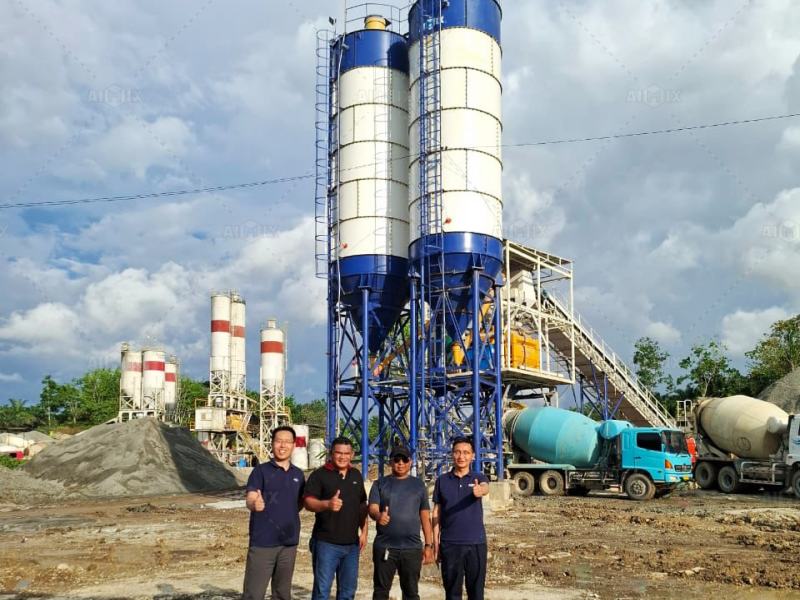
1. Research the Supplier Thoroughly
Before placing an order, do a deep dive into the supplier’s background:
-
Check their business license and export experience
-
Look for reviews or case studies from previous overseas customers
-
Evaluate their technical support team and ability to offer remote troubleshooting
-
Ask for video demonstrations of the batching plant in operation
For instance, many established China concrete batching plant manufacturers like Aimix, SANY, and XCMG offer international case studies, multilingual support, and on-site installation services. These are signs of a reputable exporter.
2. Clarify Product Specifications in Detail
Misunderstandings about plant capacity, automation level, or configurations can lead to costly mistakes. Always ensure you:
-
Confirm the exact production capacity (e.g. 60m³/h, 90m³/h)
-
Specify if you need stationary, mobile, or foundation-free types
-
Choose the correct mixer type (twin-shaft, planetary, or drum)
-
Agree on custom options like cement silos, control systems, or additive tanks
When buying a China concrete batching plant, insist on a full technical datasheet, P&ID (piping and instrumentation diagram), and 3D layout drawings.
3. Understand the Total Cost, Not Just the FOB Price
The factory price is just the starting point. Make sure to calculate the landed cost, which includes:
-
Freight (ocean or land shipping)
-
Import duties, customs clearance, and local taxes
-
Unloading and site transportation
-
Installation and commissioning
-
Training and after-sales support
A supplier that offers CIF (Cost, Insurance, and Freight) or DDP (Delivered Duty Paid) terms can help simplify the process. Many China concrete batching plant exporters now offer DDP services to common destinations like Southeast Asia, Africa, and Latin America.
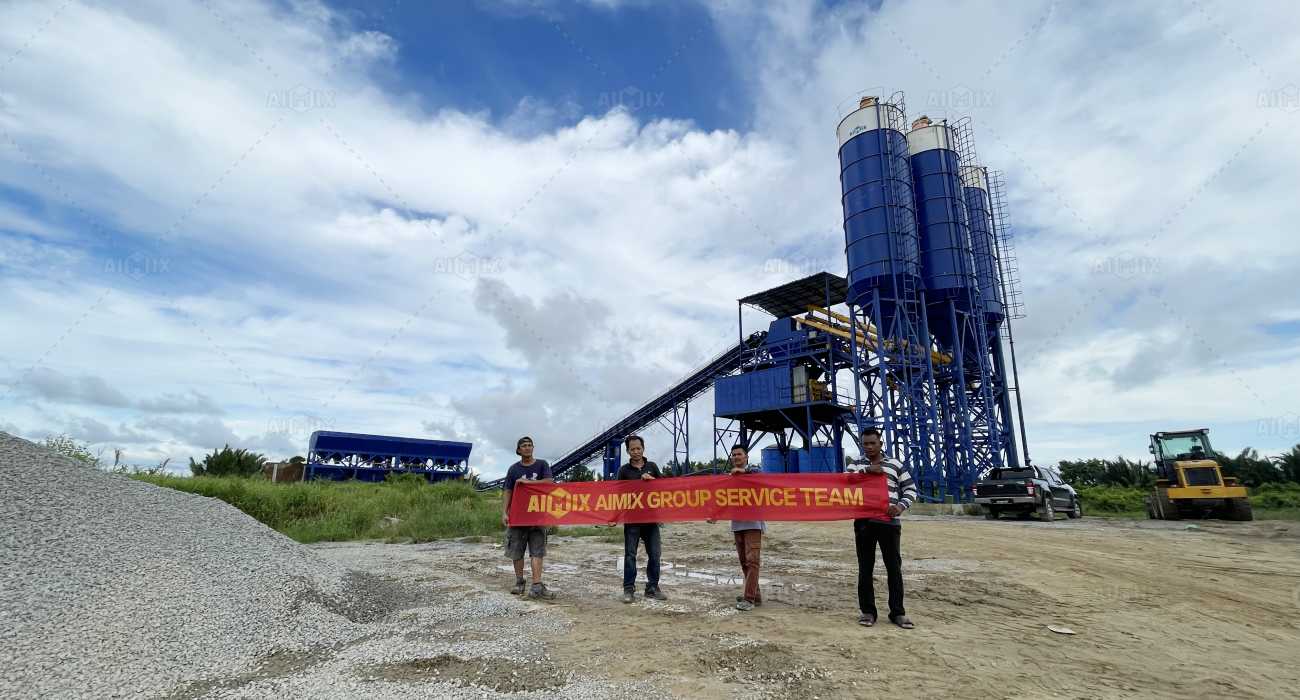
4. Verify Compliance with Local Standards
Each country has different electrical, structural, and safety standards. Before finalizing the deal, check that the equipment:
-
Supports the correct voltage and frequency (e.g., 220V/60Hz or 380V/50Hz)
-
Is compliant with your region’s construction codes or certification rules
-
Comes with manuals in your language and appropriate metric or imperial units
Chinese suppliers usually manufacture equipment in both CE (European) and ISO-compliant versions, but you’ll need to specify this in advance.
5. Arrange Pre-Shipment Inspection
Before the batching plant leaves the factory, request a third-party inspection or a live video walkthrough showing:
-
The equipment fully assembled and tested
-
Operating the control system
-
Quality and packaging of key components
This extra step adds a layer of assurance and helps resolve any technical issues before the equipment is in transit.
6. Plan Site Preparation in Advance
While the equipment is being shipped, make sure your site is ready for installation:
-
Prepare the foundation according to the plant’s layout drawing
-
Secure connections for power, water, and drainage
-
Allocate space for raw material storage (aggregates, cement, additives)
-
Arrange local crane and forklift rental for unloading
Top China concrete batching plant suppliers like Aimix often send engineers or offer remote video guidance during installation. Planning ahead avoids delays when the plant arrives.
7. Train Your Operators Early
Operating a modern batching plant involves more than just starting a mixer. Your staff should be trained to:
-
Operate the PLC or computerized control system
-
Conduct daily maintenance and safety checks
-
Monitor water-to-cement ratios and mix quality
-
Troubleshoot alarms or system errors
Some overseas suppliers offer free training, either at their factory or online. Make sure this is included in your agreement.
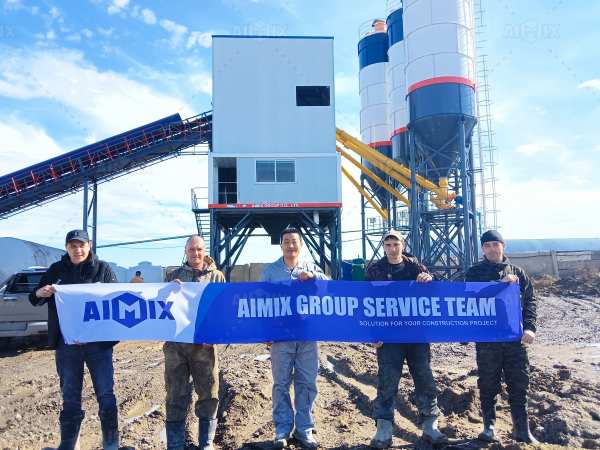
8. Confirm After-Sales Service Availability
Once your plant is operational, you’ll need continued support for:
-
Spare parts replacement
-
Technical upgrades
-
Emergency repairs
Choose a supplier that offers:
-
24/7 technical assistance
-
Local agent support in your country or region
-
Access to online service manuals and videos
A well-supported China concrete batching plant will deliver consistent performance and peace of mind for years.
Conclusion
Importing a concrete batching plant from overseas—especially from China—can be a smart investment when done correctly. From cost savings to customizable features, many Chinese manufacturers offer top-tier products at highly competitive prices. But success lies in the details: understanding specifications, planning logistics, ensuring quality checks, and securing long-term support.
By following these tips and partnering with an experienced supplier, you’ll be well-equipped to set up a high-performance batching plant that boosts productivity and strengthens your construction capabilities.

